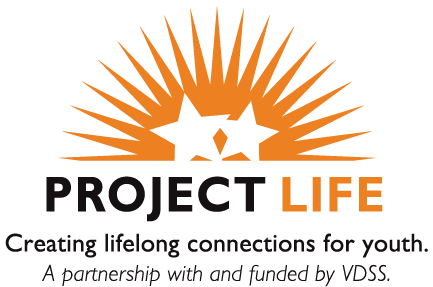Youth Welfare Approach (YWA)
Because of the unique needs of youth, the Virginia Department of Social Services is embarking on a different framework to engage youth, entitled the Youth Welfare Approach (YWA). This approach more adequately addresses the strengths and needs of youth and young adults.
About The YWA and FAQs
Child welfare, as its name implies, has historically focused on providing services to children. While many of its principles may also apply to working with youth in care, a customized approach is needed for child welfare systems to be able to appropriately structure their work in a way that is responsive to the developmental, social, and practical needs of youth. Through the Virginia Department of Social Services, Virginia will be transitioning to this Youth Welfare Approach. Click on the plus signs to read the answers to the questions provided.
Upcoming YWA Trainings
“I wish I had the YWA [when I was in foster care.] There was so many opportunities where I was frustrated because I felt like my voice wasn’t being heard. But now, I feel way better knowing that this work will help youth have a voice in the future.”
ERYKAH E.
foster care alum., former VDSS ETV Administrative Specialist
Additional Resources for Learning About the YWA
Embracing a Youth Welfare System: A Guide to Capacity Building
This extensive PDF by the Children’s Bureau explains the system. Read it here.
Capacity Building Center for States. (2018). Embracing a Youth Welfare System: A guide to capacity building. Washington, DC: Children’s Bureau, Administration for Children and Families, U.S. Department of Health and Human Services.
From the same creators, there are some stand-alone documents that can be accessed outside of the full guide. Find them on the Child Welfare website here.
Additional Resources
VDSS, Division of Family Services, has created 3 documents on the Good-Better-Best Continuum of Service Provision for the following categories: Education, Permanency, Transition Planning and IL Needs Assessment
Avoiding Tokenism When Engaging Young People – A two page informational document that shares respectful ways to engage youth.
Ladder of Participation – A one page document created by Voices Youth Center to show the good-better-best ways to involve youth in decision making.
VDSS Practice Profiles – Created by the Family Services department of the Virginia Department of Social Services, these practice profiles cover the optimal, developmental, and unacceptable practices in engaging with youth in all ways, ranging from planning, to communicating, and assessing.
Providing Normalcy For Youth in Foster Care – This two page document provides information on providing normalcy for youth in care, and covers both the law and frequent issues that arise. It was created by the Virginia Department of Social Services.
